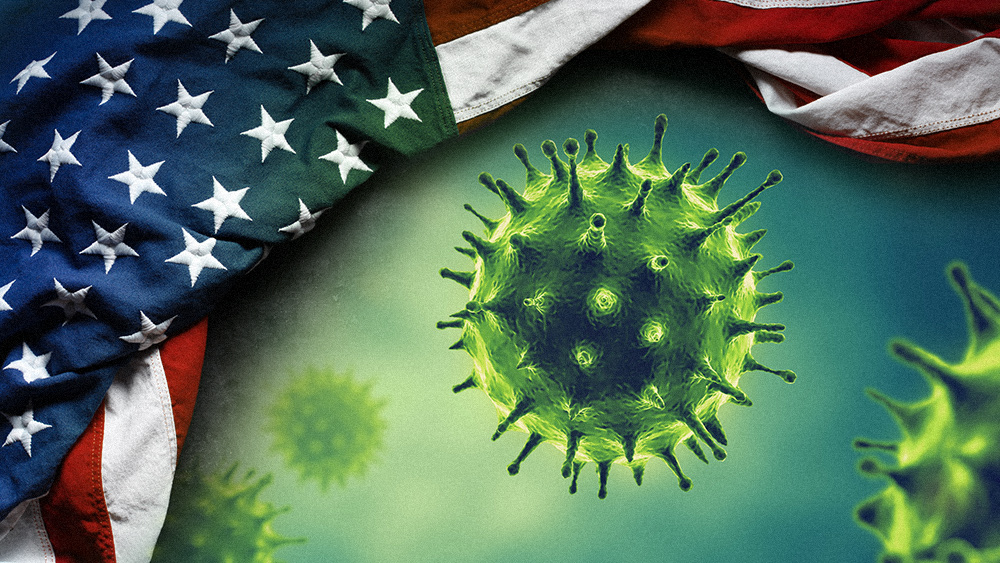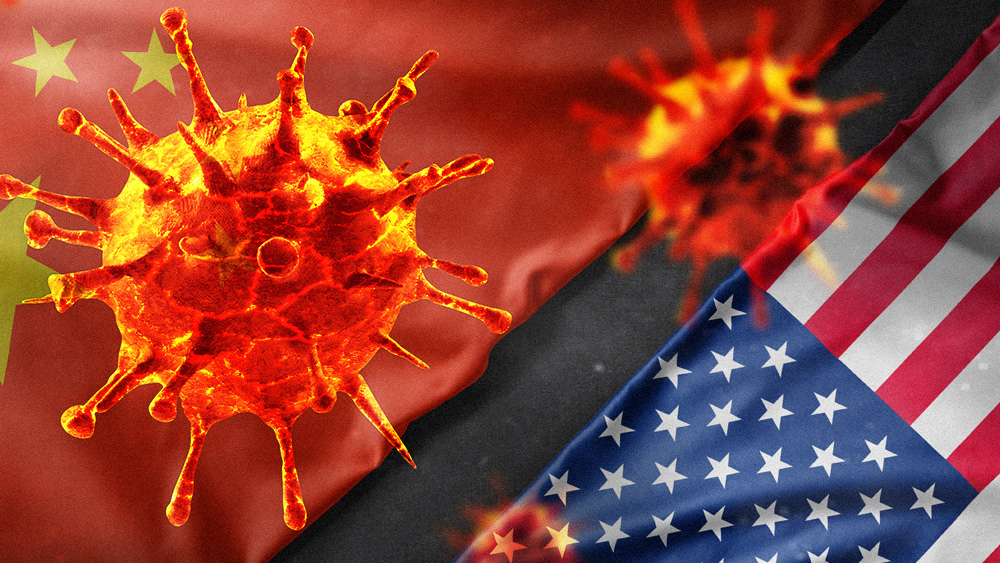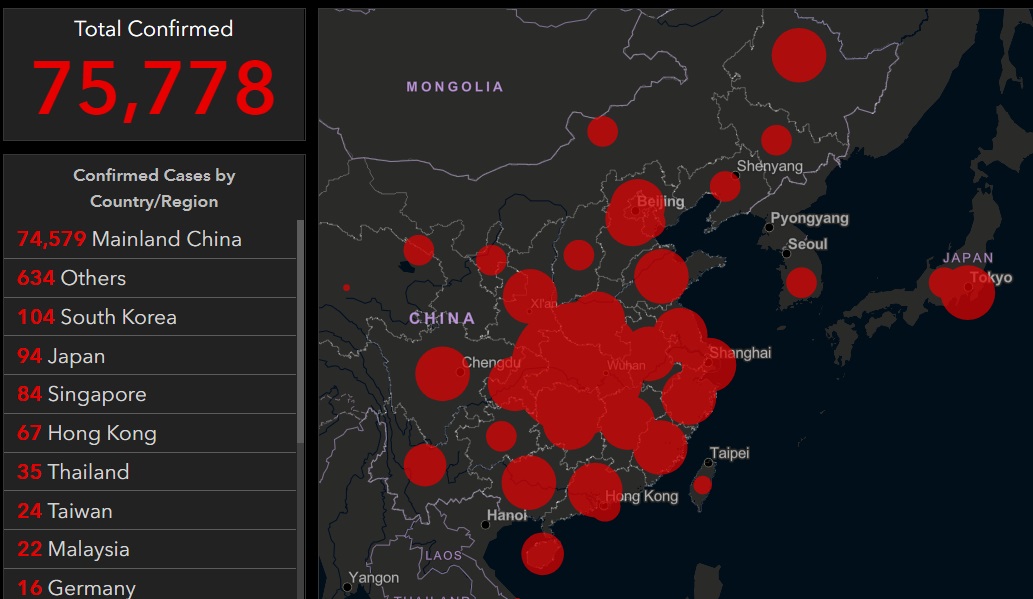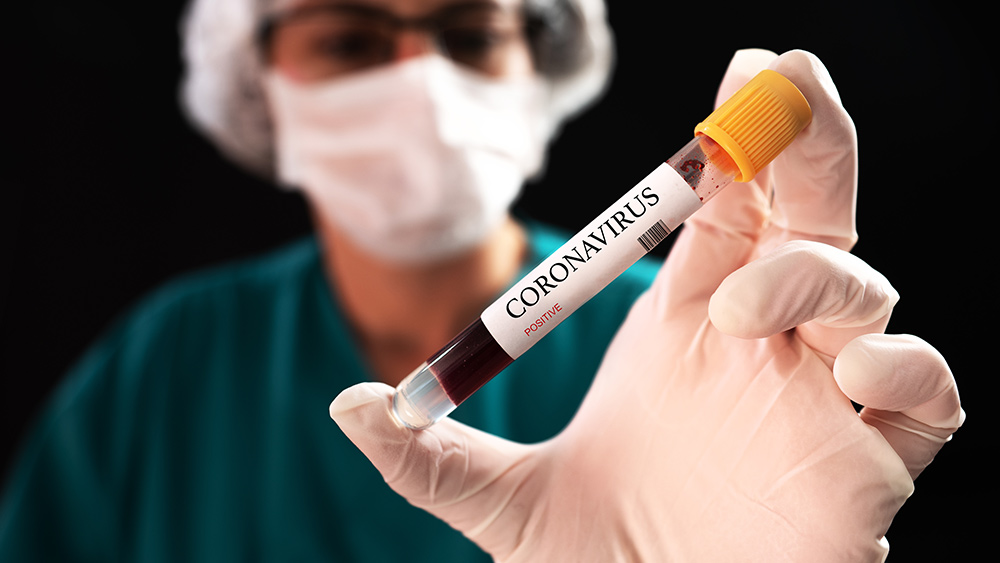Fighting infections with fungi: Transgenic fungus successfully kills malaria mosquitoes, report researchers
01/29/2020 / By Arsenio Toledo
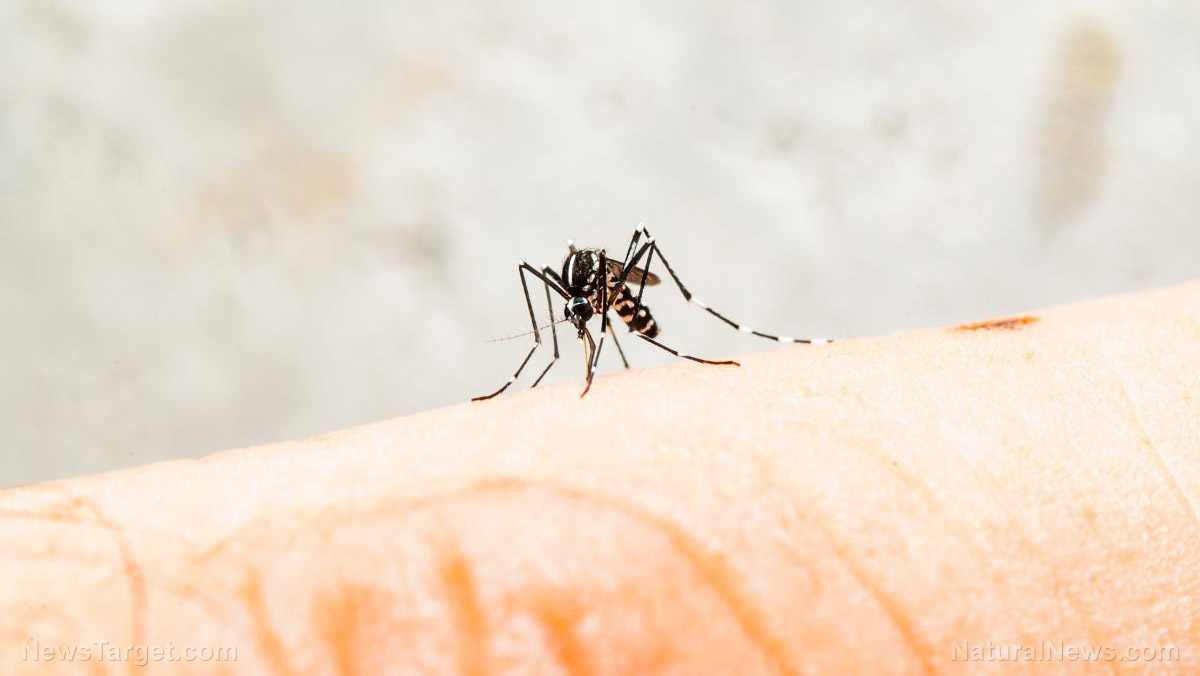
Researchers from the University of Maryland (UMD) have found that a certain kind of naturally occurring fungus is capable of killing over 99 percent of mosquitoes in a simulated village setting.
This study, published in the journal Science, had a research team describe their trial for a transgenic approach to combating malaria. By definition, transgenic is when genetic material is transplanted into a different organism. In this case, the research team engineered a naturally occurring fungus to deliver a toxin to mosquitoes. This fungus, Metarhizium pingshaense, has been used as a natural form of pest control for centuries in West Africa, specifically in the country of Burkina Faso where the UMD researchers conducted their field experiments.
A fungus holds the answer
The scientists used M. pingshaense and engineered it to produce a toxin derived from the venom of the Blue Mountains funnel-web spider found in the Australian state of New South Wales. To modify M. pingshaense to produce and deliver this toxin, the UMD researchers used a bacterium that was able to transfer an organic blueprint into the fungus that provided it with the ability to make the toxin and also gave it a control switch that tells the fungus when to make the toxin.
This control switch is a copy of the DNA code of M. pingshaense. It functions by telling the fungus when to build a defensive shell around itself so that it can protect itself against the immune system of a mosquito. This ensures that the fungus will only create the toxin once it is inside the bloodstream of a mosquito.
Furthermore, the researchers were even able to ensure that M. pingshaense would only produce the toxin inside the body of a mosquito. They tested their modified fungus in Maryland and Burkina Faso and they found that it was not harmful to other species, such as honeybees.
The researchers worked closely with both the scientific community and government officials of Burkina Faso in order to field test the efficacy of their transgenic M. pingshaense in a controlled environment. In a rural area of southwestern Burkina Faso in the village of Soumousso, where malaria was endemic, they constructed a 6,550 sq. ft screened in structure called the MosquitoSphere. Inside the MosquitoSphere, there were multiple screened chambers that contained experimental plants, mosquito-breeding pools, huts and even a food source for the mosquitoes. (Related: Malaria-infected children give off a distinctive smell that makes them even MORE attractive to mosquitoes.)
Field experiments produced dramatic results
In their experiments in the MosquitoSphere, the researchers hung a black cotton sheet coated with sesame oil on the wall of three huts located in three screened chambers. On one sheet, the sesame oil was mixed with the transgenic M. pingshaense, on the next the sesame oil was mixed with the non-transgenic, wild Metarhizium and on the third sheet, the control, nothing was mixed with the sesame oil.
In each chamber, they released 1,000 adult male and 500 adult female mosquitoes, to allow them to breed. The researchers then counted the number of mosquitoes in each chamber everyday for 45 days.
In the chamber with the transgenic M. Pingshaese, the mosquito population plummeted to just 13 adult mosquitoes. According to the researchers, this isn’t enough for the mosquitoes to continue breeding. For comparison, the chamber with the wild Metarhizium had 455 adult mosquitoes and the control chamber had 1,396 adult mosquitoes. They ran this experiment several times, producing similar results.
“Simply applying the transgenic fungus to a sheet that we hung on a wall in our study area caused the mosquito populations to crash within 45 days,” said Brian Lovett, lead author of the study. “And it is as effective at killing insecticide-resistant mosquitoes as non-resistant ones.”
To further test the efficacy of their transgenic M. Pingshaese, the researchers hope to bring it to a local village or community. They believe this can be an accessible and effective solution against malaria because black cotton sheets and sesame oil are relatively inexpensive and can be acquired locally.
Sources include:
Tagged Under: breakthrough, Burkina Faso, discoveries, experiment, fungus, infectious disease, Malaria, medical science, mosquito, mosquitoes, research, transgenic, transgenic fungus
RECENT NEWS & ARTICLES
COPYRIGHT © 2017 OUTBREAK NEWS

